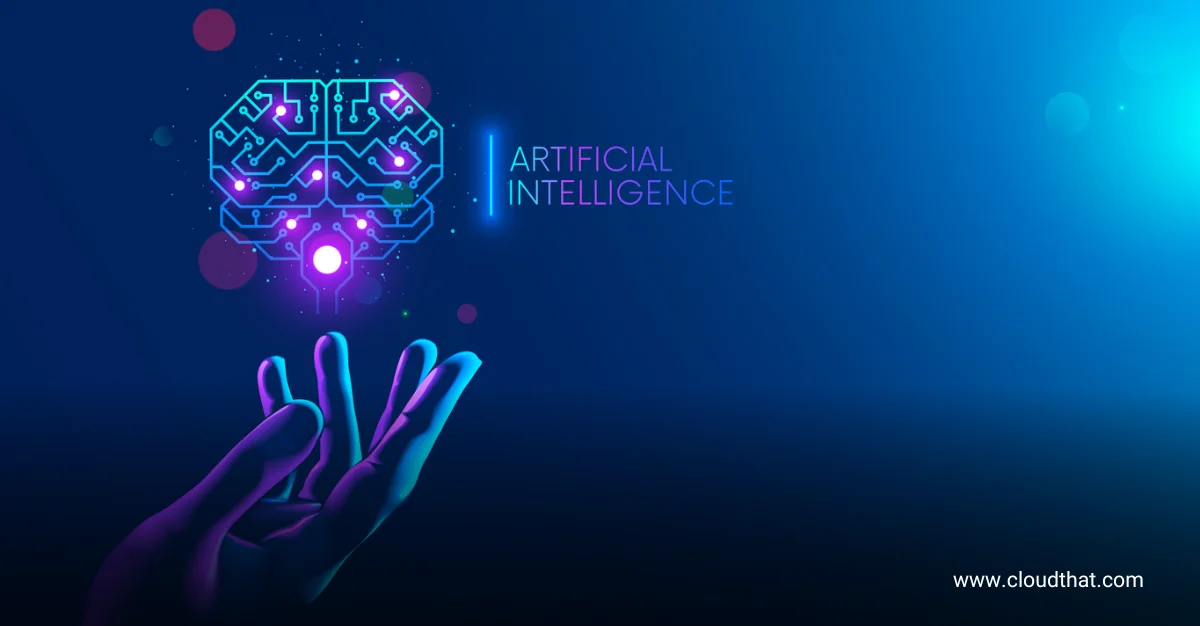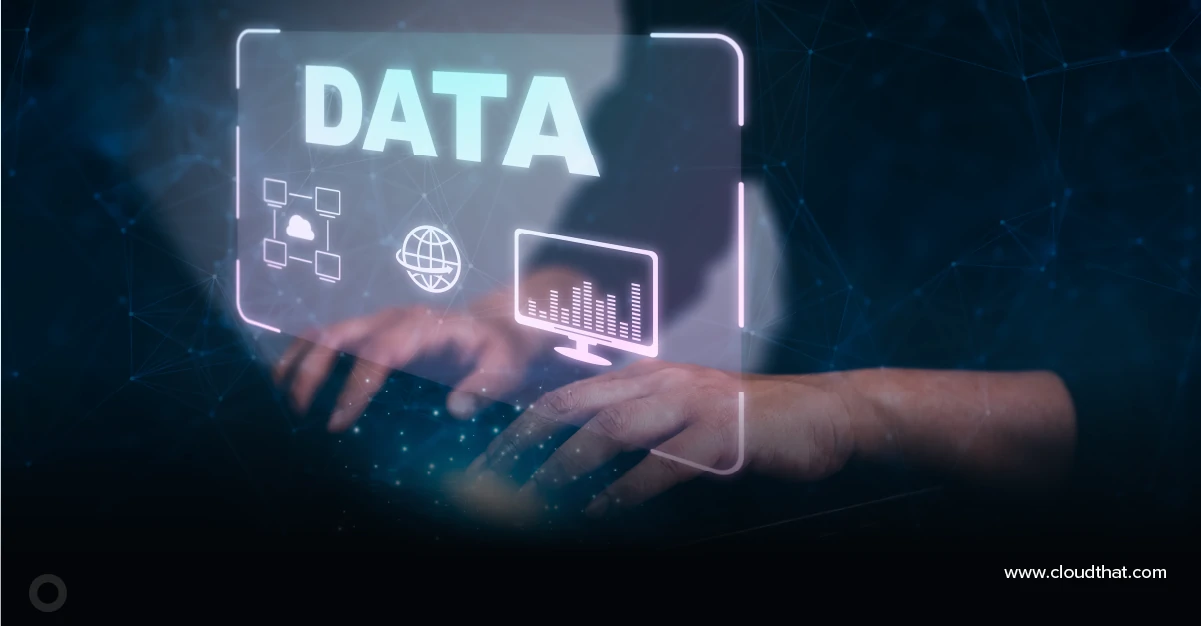|
Voiced by Amazon Polly |
Overview
Imagine deploying your Dockerized app to production. Everything works well until it doesn’t. The container stops responding, but your orchestration platform still thinks it’s healthy. Logs aren’t clear, and you’re running it as root. Worse, your build context accidentally includes a .env file with secrets. Sound familiar?
While most developers are familiar with the basics of Dockerfiles, like FROM, RUN, and CMD, production-grade images demand much more. This post dives into underused but powerful Dockerfile commands that can drastically improve your container’s performance, security, and maintainability. These “hidden gems” can help prevent production nightmares and streamline CI/CD pipelines.
Pioneers in Cloud Consulting & Migration Services
- Reduced infrastructural costs
- Accelerated application deployment
Introduction
Creating production-grade Dockerfiles goes far beyond simply writing a working container configuration. It involves:
- Optimizing image size and build time
- Enhancing container security
- Improving reliability in orchestration platforms (e.g., Kubernetes)
Why Focus on Less Common Dockerfile Commands?
These lesser-known commands are often skipped in quick prototyping but can significantly impact production readiness by:
- Reducing attack surface
- Enhancing maintainability
- Improving CI/CD integration
- Reducing image size and build complexity
HEALTHCHECK
What It Does:
Defines a command that Docker runs to check container health.
HEALTHCHECK –interval=30s –timeout=3s –retries=3 \
CMD curl -f http://localhost/health || exit 1
Why It’s Useful:
- Enables orchestration tools (e.g., Kubernetes, Docker Swarm) to know when your container is unhealthy.
- Prevents serving traffic to faulty containers.
Why It’s Underused:
Many rely only on container start status, ignoring runtime health.
SHELL
What It Does:
Overrides the default shell used for RUN commands.
SHELL [“/bin/bash”, “-c”]
Why It’s Useful:
- Explicit shell behavior (e.g., using bash over sh when needed).
- Enables use of shell-specific features like source, loops, and conditional execution.
Example:
SHELL [“/bin/bash”, “-c”]
RUN for i in {1..5}; do echo $i; done
Optimization Insight:
Use carefully, bash is heavier than sh. Default to sh unless advanced scripting is needed.
STOPSIGNAL
What It Does:
Instructs Docker how to properly stop the container.
STOPSIGNAL SIGTERM
Why It’s Useful:
- Ensures graceful shutdowns by sending the right signal to your application.
- Prevents data corruption and ensures cleanup operations are triggered.
Security Angle:
Improper shutdowns may leave temporary files or lock files, creating opportunities for exploits in stateful containers.
ONBUILD
What It Does:
Triggers commands in child images built from this image.
ONBUILD COPY . /app
ONBUILD RUN npm install
Use Case:
Creating base images for internal teams where downstream consumers shouldn’t forget essential setup.
Caveat:
Avoid in public base images. It can introduce unexpected behaviors.
ARG vs ENV
Common Misuse:
People often use ENV for build-time variables.
Correct Practice:
Use ARG for build-time and ENV for runtime values.
ARG NODE_ENV
ENV NODE_ENV=$NODE_ENV
Security Note:
ENV values persist in the image layers. Avoid storing secrets in ENV.
Optimization Tip:
Use ARG for versions:
ARG VERSION=18
FROM node:${VERSION}-alpine
USER
What It Does:
Switches the user from root to a non-privileged user.
RUN addgroup app && adduser -S -G app app
USER app
Why It’s Essential:
- Reduces attack surface: Running as root inside containers is a bad practice.
- Limits what an attacker can do if the container is compromised.
Bonus:
Use USER in multi-stage builds only in the final stage.
COPY --chown
What It Does:
Copies files while changing ownership.
COPY –chown=app:app . /app
Benefits:
- Avoids extra RUN chown
- Reduces image layers.
- Enhances security by ensuring correct permissions.
Example:
RUN addgroup app && adduser -S -G app app
COPY –chown=app:app . /app
USER app
.dockerignore
What It Does:
Specifies files/folders to exclude from the build context.
node_modules
.git
.env
Dockerfile.dev
Optimization Benefits:
- Reduces build context size.
- Faster build time.
- Smaller image size.
Security Angle:
Avoid leaking credentials, tokens, or secrets into the image by ignoring .env or config.json.
Conclusion
Building a working Dockerfile is easy. Building one for production is a discipline. This blog highlighted underutilized but impactful Dockerfile commands that can elevate your containerization practices:
- Security Enhancements: Use USER, COPY –chown, and STOPSIGNAL to run leaner and safer containers.
- Performance Boosts: Reduce build size and speed up pipelines with .dockerignore, ARG, and controlled use of SHELL.
- Operational Resilience: Prevent outages and undefined states using HEALTHCHECK, STOPSIGNAL, and ONBUILD.
Whether you’re deploying on Kubernetes, ECS, or a VM with Docker, these hidden gems can future-proof your containers against common pitfalls and operational headaches. Integrating these techniques also promotes a DevSecOps culture, bringing security and efficiency right into your container builds.
Containers are not just about packaging software, they’re about delivering resilient and secure applications at scale. It all starts with the Dockerfile.
Drop a query if you have any questions regarding Dockerfile and we will get back to you quickly.
Making IT Networks Enterprise-ready – Cloud Management Services
- Accelerated cloud migration
- End-to-end view of the cloud environment
About CloudThat
CloudThat is an award-winning company and the first in India to offer cloud training and consulting services worldwide. As a Microsoft Solutions Partner, AWS Advanced Tier Training Partner, and Google Cloud Platform Partner, CloudThat has empowered over 850,000 professionals through 600+ cloud certifications winning global recognition for its training excellence including 20 MCT Trainers in Microsoft’s Global Top 100 and an impressive 12 awards in the last 8 years. CloudThat specializes in Cloud Migration, Data Platforms, DevOps, IoT, and cutting-edge technologies like Gen AI & AI/ML. It has delivered over 500 consulting projects for 250+ organizations in 30+ countries as it continues to empower professionals and enterprises to thrive in the digital-first world.
FAQs
1. Can I use HEALTHCHECK with Kubernetes readiness/liveness probes?
ANS: – Yes, but Kubernetes doesn’t use Docker’s HEALTHCHECK. You must define readinessProbe and livenessProbe in the pod spec separately.
2. Is it okay to run containers as root in development?
ANS: – It’s acceptable for local experiments but always switch to non-root users before moving to production.

WRITTEN BY Akshay Ramnani
Akshay Ramnani works as a DevOps Engineer with over 3 years of hands-on experience in architecting CI/CD pipelines, Kubernetes-based deployments, and multi-cloud automation across AWS, GCP, and Azure. He has a proven track record in scaling microservices on Amazon EKS, streamlining observability platforms, and driving infrastructure as code using Terraform, Helm, and ArgoCD.


 Login
Login


 May 29, 2025
May 29, 2025 PREV
PREV










Comments